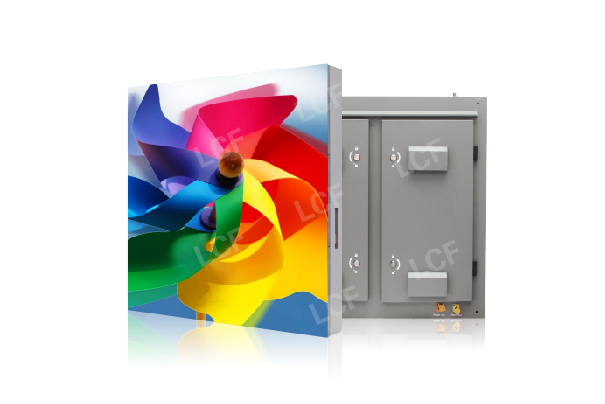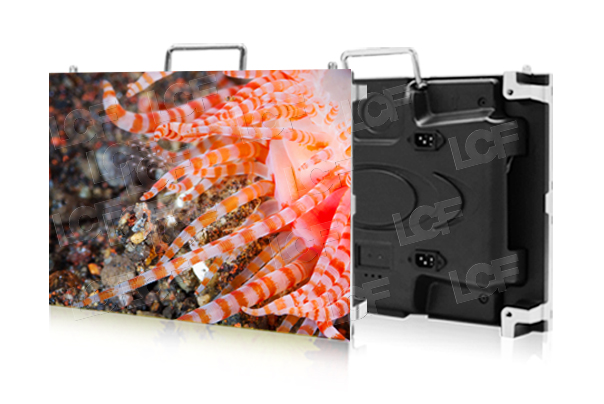Publisher: Supplier of LED Display Time: 2018-07-13 Views: 4649
There are many thunderstorms in summer, so pay more attention to outdoor safety, such as the leakage safety of outdoor electronic equipment. As we all know, the lamp beads of the LED display are humidity-sensitive devices, and the wet and rainy weather is a big challenge to it. Therefore, the outdoor LED display must be prepared for waterproof and moisture-proof to deal with thunderstorms.
In rainy days, outdoor LED displays focus on waterproofing
The environment in which the outdoor LED display itself is located is relatively complex, not only to consider the problem of humidity, but also to do daily maintenance work such as waterproofing, especially in the rainy season. Therefore, a good sealing installation can help the display screen to reduce the risk of water ingress. Regular cleaning of the dust attached to the inside and outside of the display screen can also help the display screen to dissipate heat better and reduce the adhesion of water vapor.

First of all, from the aspects of product design, manufacturing process and construction process, outdoor LED display waterproofing should be done. For example, the PCB board, power supply, power cord and other components of the LED display are relatively easy to be oxidized and corroded, which requires us to do anti-corrosion treatment on the PCB board when making the LED display, such as coating the surface with three anti-paint, etc., the power supply and The power cord should choose high-quality accessories, choose a box with a higher waterproof level, and so on.
Secondly, for different unit board materials, professional waterproof coatings are required. Take the outdoor P10 full-color outdoor LED display as an example, first confirm whether the unit board is attracted by magnets or screwed (the screwing effect is good, the magnet is slightly worse); secondly, whether there is a waterproof groove on the unit board kit, if so, the front Waterproof is basically not a big problem.
Finally, we also need to pay attention to the waterproof problem of the backplane of the outdoor LED display, because in the process of using the display, the backplane LED display is not only heat dissipation, but also has great convenience in dealing with waterproof performance. sex. At the same time, when dealing with the waterproof coating on the back, pay attention to the waterproof performance of the aluminum-plastic panel of the small strip display on the back. Use an electric drill to design a row of drains under the aluminum-plastic panel, which is not only conducive to the waterproofing of the display, but also to the heat dissipation of the display. The best way to handle the display.
In the specific construction site, the "prevention" and "platoon" are combined in the structural design. After the structure is determined, according to the characteristics of the structure, the sealing strip material with the properties of hollow bubble tube structure, small compression set, and large elongation at break can be considered; after selecting the sealing strip material, it is necessary to Features, design appropriate contact surface and contact force, so that the sealing strip is squeezed to a dense state. In some installations, waterproof grooves and other locations, do key protection to ensure that there is no accumulation of water inside the display. In this way, it can be ensured that when the display screen is used in the rainy season, there will be no quality problems caused by human factors.
In rainy days, the focus of indoor LED display is moisture-proof
For indoor LED displays, first, moderate ventilation. Moderate ventilation can help the water vapor attached to the display to evaporate quickly and reduce the relative humidity of the indoor environment. However, avoid ventilation in some windless and humid weather, which will increase the indoor humidity; secondly, place a desiccant indoors and use physical moisture absorption to reduce the moisture in the air; or turn on the air conditioner to dehumidify, if the display screen If an air conditioner is installed in the installation space, the air conditioner can be turned on to dehumidify in humid weather.
